GWA Newsletter: October
Upcoming talks; a letter to a renaissance artist; Frida Kahlo's Broken Column and all the art you need to see, read, watch and do!
Dear Great Women Art Lovers,
I hope you are all well. Coming to you from a sunny London afternoon!
Upcoming dates for your diary:
London – Sunday 15 October, 4pm: I will be in conversation with the pioneering set-designer, Es Devlin, about her work and the power of books at Foyles Charing Cross Road. (Tickets)
Washington DC – Sunday 12 November, 4pm: I will be the keynote speaker for the reopening of the National Museum of Women in the Arts – home to the world’s largest collection of art by women. (Tickets) More US dates to be announced soon!
The MFA Boston challenged me to write a letter to the renaissance artist, Sofonisba Anguissola (1532–1625), the subject of their current exhibition, Strong Women in Renaissance Italy. Read here; a preview:
“I don’t know you. We’ll never meet. I live almost 500 years after you, in a world you wouldn’t recognize. I’m in my 20s; you lived until your 90s. You were a painter; I’m a writer. You communicated through images whereas I use words. But somehow I feel as though I know you.
I have so many questions for you: Why art? Why portraiture? What were the 1500s like, specifically as a woman? What opportunities did you have? Was it difficult? You were so successful and the work you left behind makes it look like you were confident. Were you an anomaly or were there lots of other women like you, of all different professions and artistic pursuits?”
I wrote and presented a radio programme on Frida Kahlo's monumental work: The Broken Column, 1944, which aired on BBC Radio 3. This is a painting filled with symbolism – from the classical Ionic column that thrusts through her body to the Saint Sebastian-like pins that adorn her body. Listen here!
“Look further down the painting and you realise that the column is shattering. Does this suggest that her body is in ruins, or that it’s holding on against all odds, pointing to the constant pain that she went through, the 32 operations she witnessed in her lifetime; or her battle to be alive?
It also marks a break with the perfect image of a woman – and Kahlo signalling this as a new time. Art history, much of it influenced by what the Old Masters’ borrowed from the Greeks, has so often shown us a single, idealised idea of what a woman should look like. They have been in the form of allegories, saints, or mythical figures, so often as the binary angel or the whore, but here, in Broken Column, we see a woman, by a woman, for who and what she is – her multitudinous self. Because rarely has there been room for a broken body, a wounded body, a disabled body, a bloody body, an imperfect (by society’s standards) body.
Stripping it of its shame, Kahlo presents herself as powerful, as if to say: Here I am. I have survived.”
For my Guardian column, I wrote about Marina Abramović's 1974 work, Rhythm 0, and how it shows why we still cannot trust people in power. Read here; a preview:
“If you walk into the Royal Academy in London today, you’ll be confronted by a table. Set up like an altar, and draped in a white cloth, it has on it 69 objects. Some are associated with pleasure – a glass, a candle, a rose, a hairbrush, a mirror, a comb, a lipstick. Others administer pain – a gun, a bullet, chains, an axe, a saw, an array of sharp knives.
While the photographs made me feel discomfort and anguish, seeing the vast table hit even harder. It’s a monument not just to Abramović’s fearlessness and resilience, the way she tested her mental and physical pain thresholds to extremes, but also to her trust in the audience. A number of her other performance pieces have been recreated with younger artists, but Rhythm 0 has not. I doubt it would be allowed, which leads me to question – can we still not trust people when they are placed in a position of power?”
Last week, I went to my favourite literary festival – Cliveden! – where I saw some of the best writers around speak about their books. I recommend all of them:
Zadie Smith on her new novel, The Fraud, with an equally smart Merve Emre, whose illustrated Mrs Dalloway was one of my favourite books of last year. Katherine Rundell on her incredible John Donne biography (I’m not joking when I say this is the most readable and effervescent book I’ve read!); Nick Laird on his beautiful book of poetry, Up Late; Dan Chandler on Free and Equal; Mary Beard on Emperor of Rome (have you listened to Mary on the GWA Podcast?); Tom Holland of my favourite podcast, The Rest is History; Marlon James on Magical Realism; Hannah Rothschild on satire; Tom Crewe on rewriting the historical novel; and so many more.
OK! Let’s have a look at 5 of your top 5. Katy. Xoxo
5 Exhibitions in the UK
On Foot: An Exhibition curated by Jonathan Anderson at Offer Waterman, London (until 28 Oct)
A Spirit Inside at The Lightbox, Woking (until 14 Jan 2024)
Claudette Johnson: Presence at The Courtauld, London (until 14 Jan 2024)
Real Families: Stories of Change at The Fitzwilliam Museum, Cambridge (until 7 Jan 2024)
Clementine Keith-Roach & Christopher Page, Earth Sky Body Ruins at Ben Hunter Gallery, London (until 10 November)
5 Shows Overseas
Judy Chicago: Herstory at New Museum, NYC (from 12 Oct)
Lee Lozano, Mira Schor (and more!) at Bourse de Commerce, Paris (ongoing)
Ser Serpas: I Fear at Bourse de Commerce, Paris (ongoing)
Gertrude Stein and Picasso: Invention of Language at Musée du Luxembourg, Paris (until 28 Jan 2024)
Strong Women in Renaissance Italy at MFA Boston (until 7 Jan 2024)
5 Things to Watch
Coco Chanel: Unbuttoned (and go and see the show at the V&A!)
7 Deaths of Maria Callas by Marina Abramović at the ENO (book now!)
5 Things to Read
The Atlas of Es Devlin (and don’t miss mine and Es’s talk on 15 Oct!)
Art as Action: Lucy Lippard, by Megan O’Grady for The New York Review of Books
The Woman Alchemist: Remedios Varo, by Francesca Wade for The New York Review of Books
5 Artists You Should Know About
I am obsessed with Keith-Roach’s surrealist pots that feel as though they’ve been entrenched in our world forever. Don’t miss her show at Ben Hunter, London.
You can’t help but feel transfixed by Varo’s mystical and metaphysical paintings. Meticulously rendered - almost renaissance-like - her works are of women who seem to be trapped in towers, on a quest to reach a higher state of consciousness or living in another surrealist world.
Sokhanvari's miniature portraits spotlight the lives of real Iranian women, both contemporaneously and historically, who were artistic heroes in pre-Revolution Iran. Working across music, poetry, film and theatre, these women were trailblazers.
Delany produced the most spectacular and meticulous floral collages – and only started making these aged 72, after she noticed the affinities between a flower and a piece of red paper that was on her bedside table!
Now in the fifth decade of her career, McCannon played a vital role in the Black Arts Movement. In 1971, along with Kay Brown and Faith Ringgold, she assembled a group known as 'Where We At' Black Women Artists, and has continued to push forth these narratives in her work.
That’s it from me! Happy GWA’ing. Thank you for reading this Substack. If you think someone else might enjoy this too, please spread the word and share this article. If you have any feedback, please comment below.





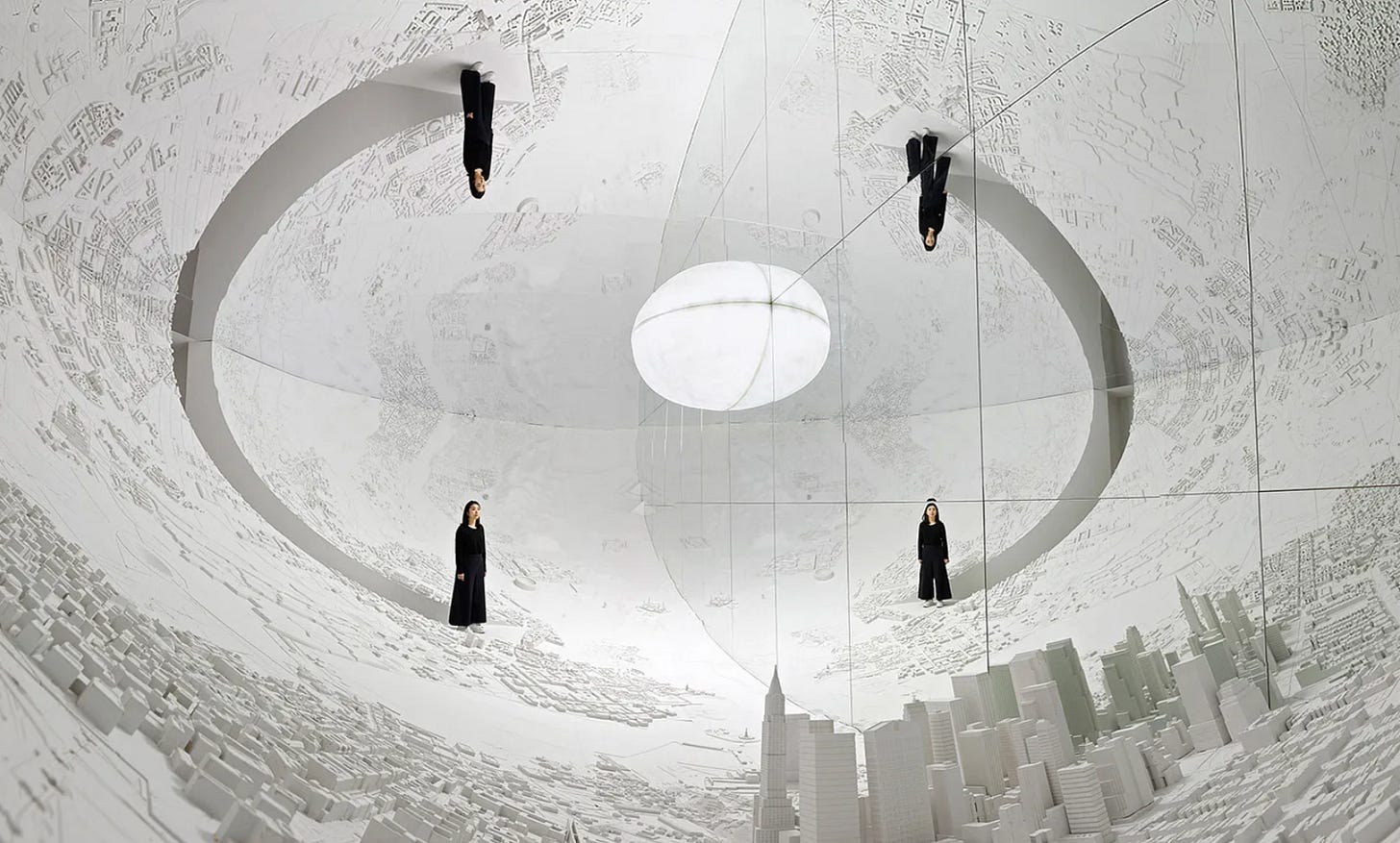
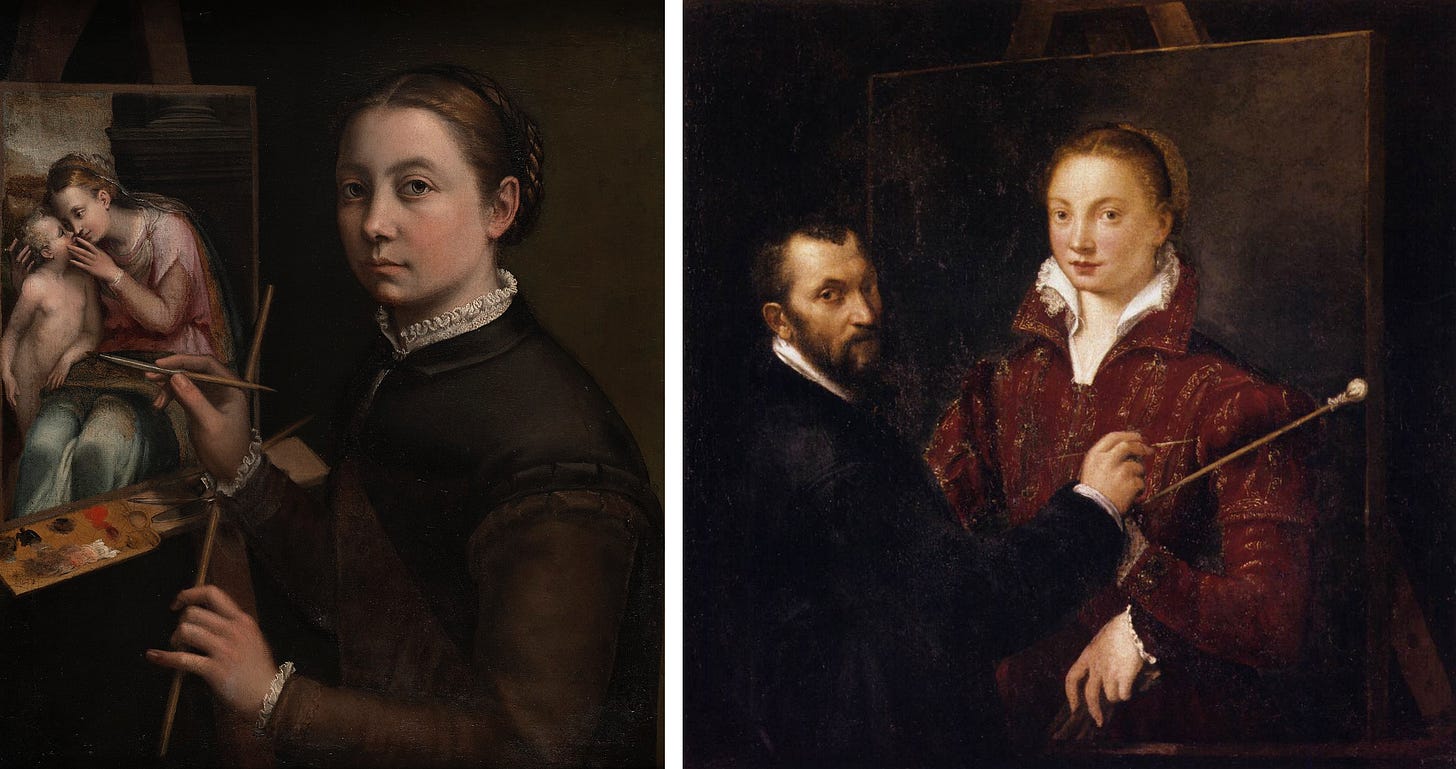



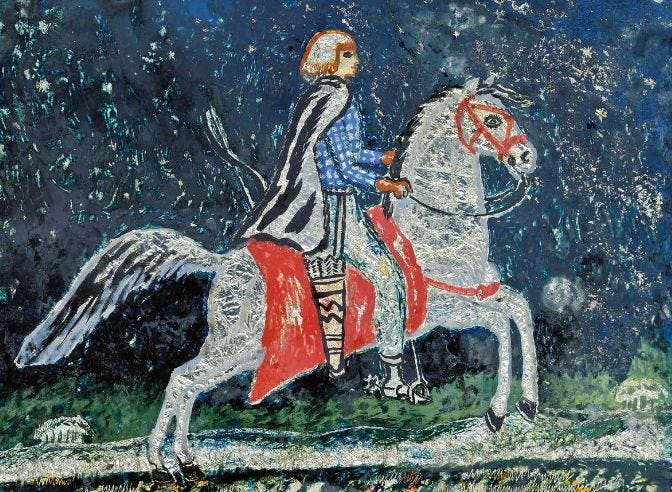

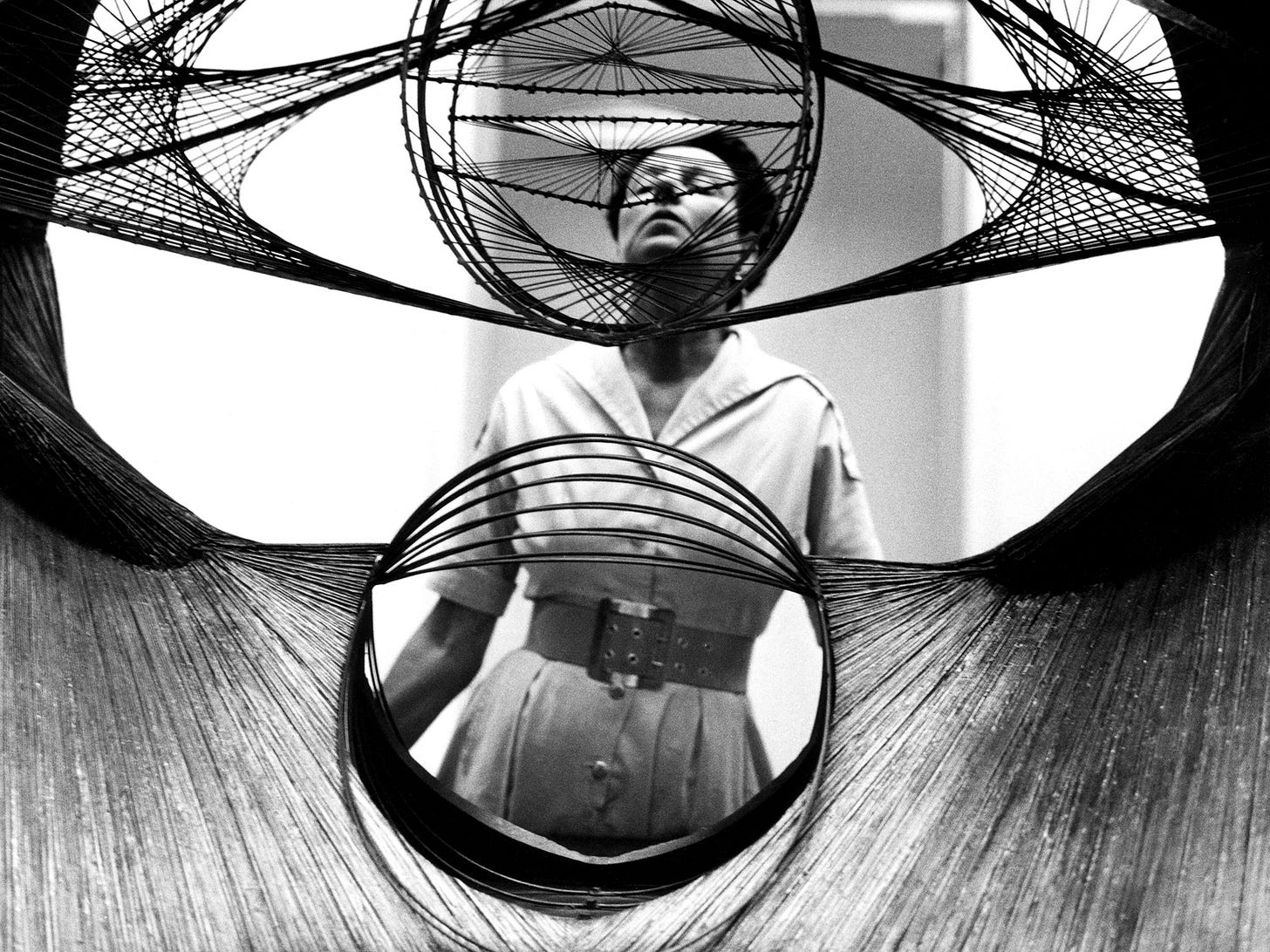

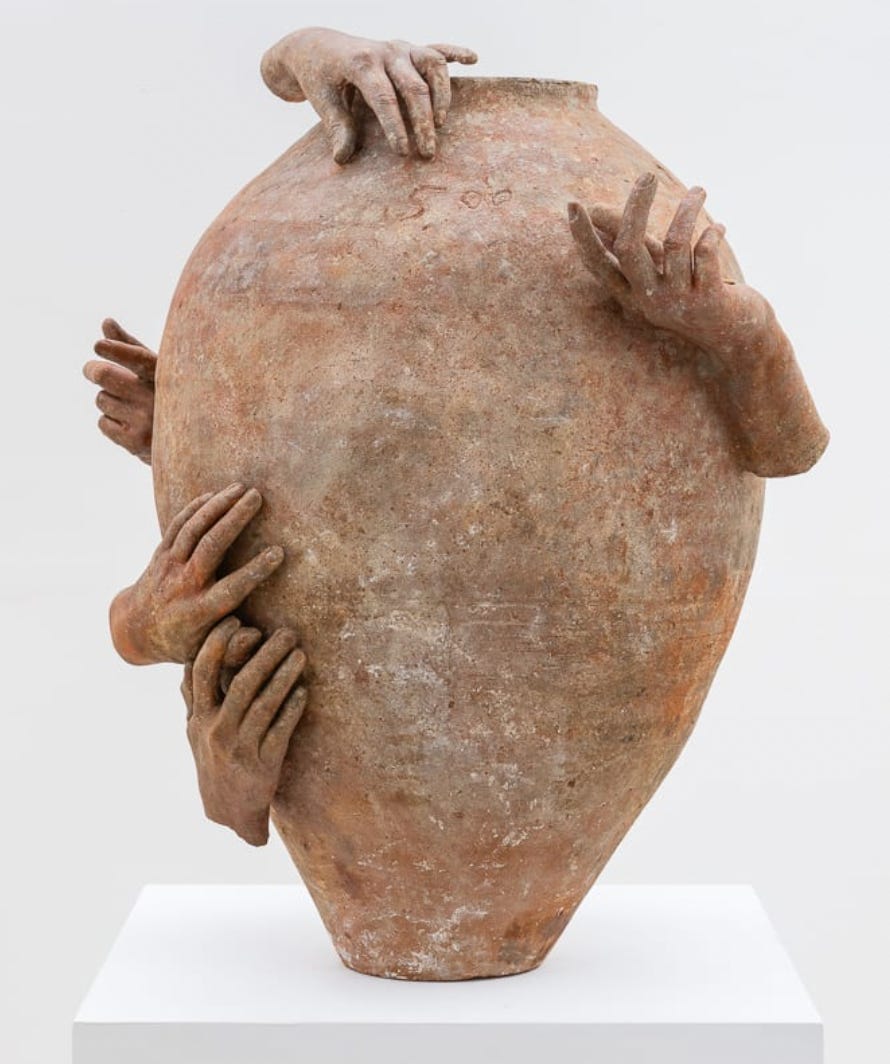
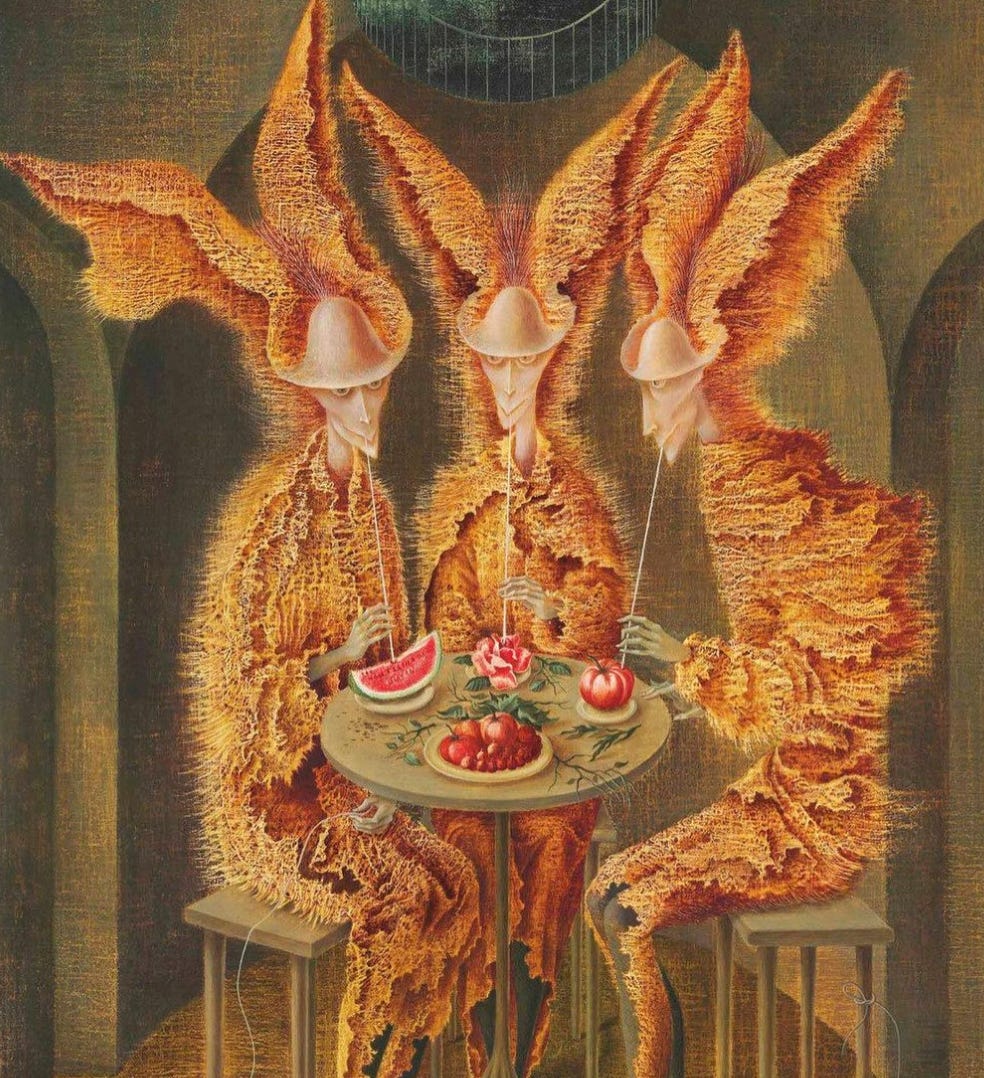


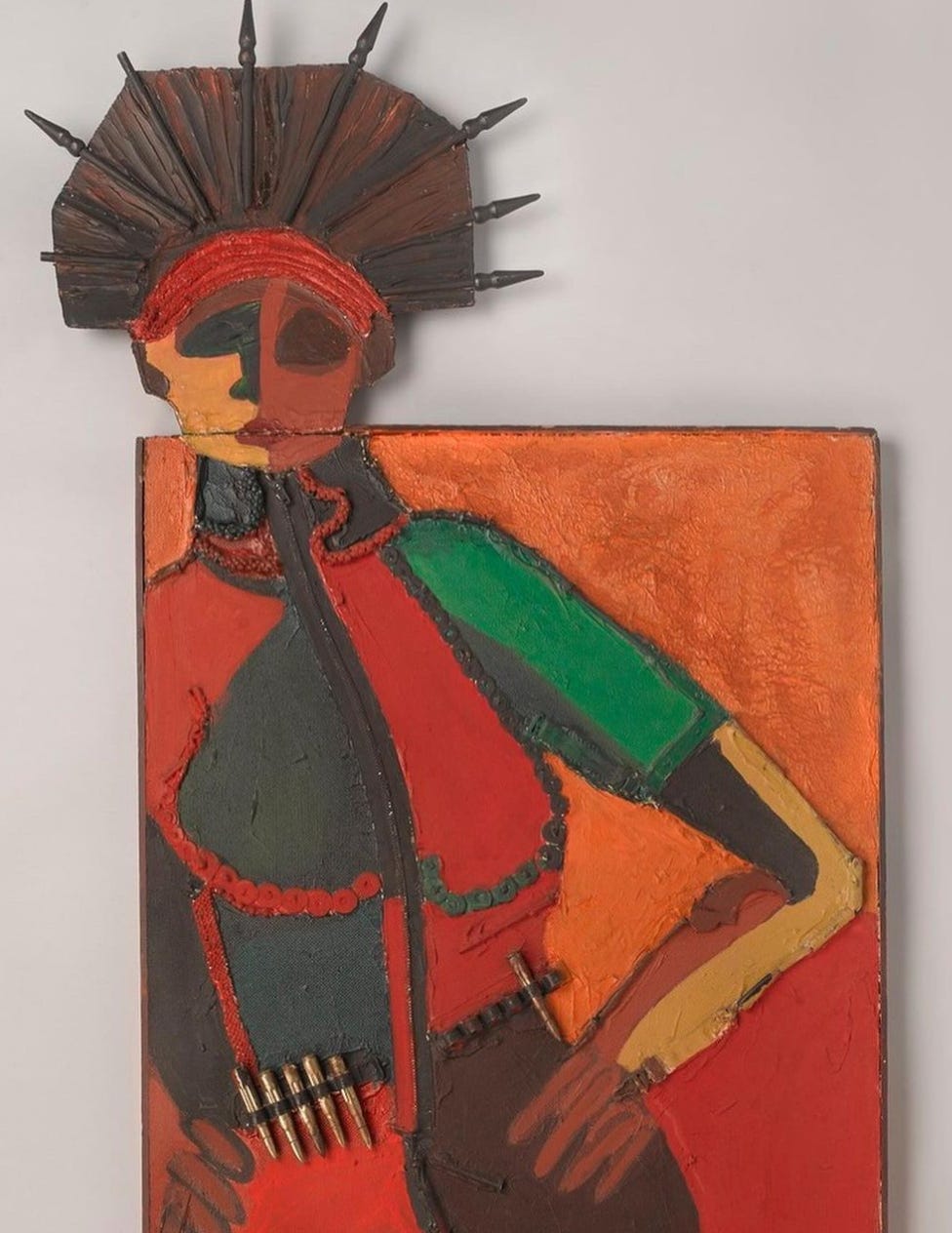
❣️
Fascinating column, Katie. It makes me proud to be a woman artist, and know there is a great kinship between us all, regardless of age, place, or even time. I can’t wait to read more of your writing!